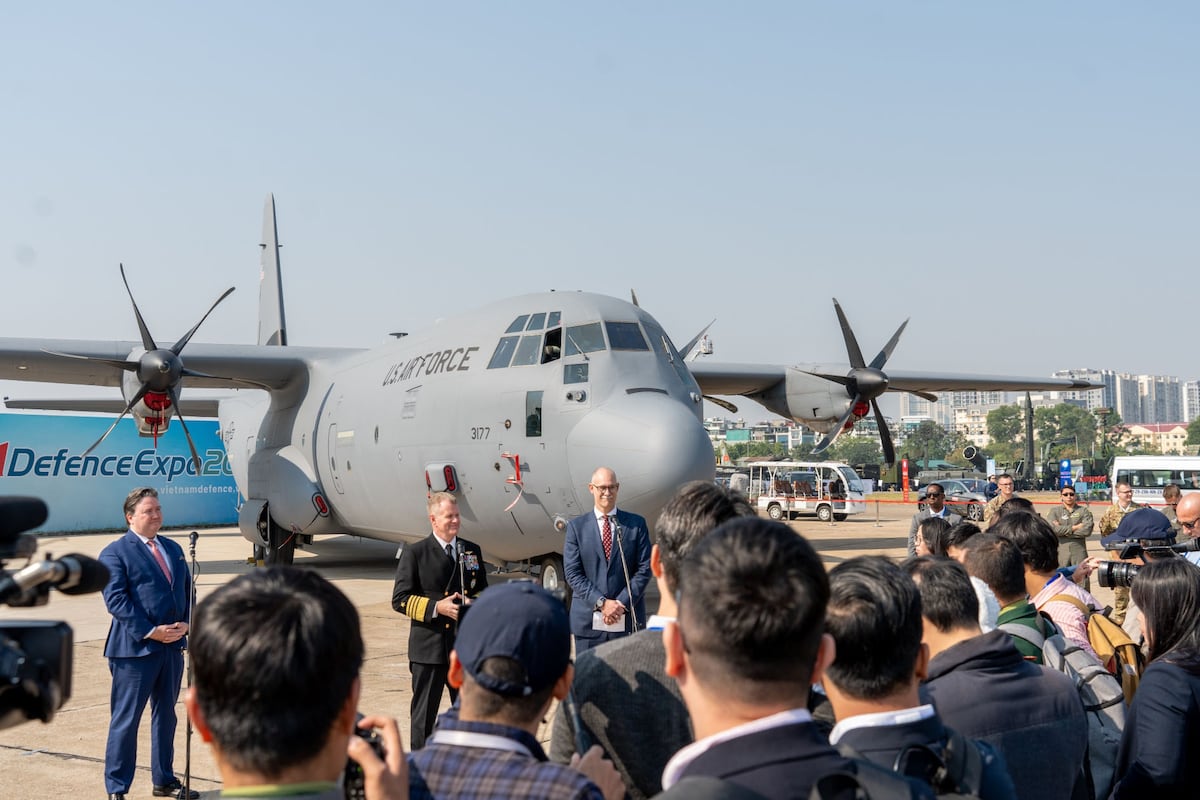U.S. Naval Leadership Highlights China’s Expanding Maritime Power
Assessing China’s Naval Capabilities
During a recent visit to Japan, the Chief of Naval Operations, Admiral Daryl Caudle, characterized China’s shipbuilding capabilities as “remarkable.” This statement comes in the context of Beijing’s aggressive expansion of its naval forces, now recognized as the largest in the world. Caudle emphasized the importance of collaboration between the United States and its Asian partners—specifically South Korea and Japan—to enhance America’s own shipbuilding capacity in countering this challenge.
Implications of Fleet Expansion
Caudle expressed particular concern over how China deploys its naval assets globally, particularly its aircraft carriers. His remarks come on the heels of China’s commissioning of the Fujian, its third aircraft carrier, which marked China’s increased focus on modernizing its naval fleet. In addition, Beijing has recently initiated sea trials for an advanced amphibious assault ship, underscoring the increased sophistication of its maritime operations.
- Current Fleet Composition:
- China has more surface vessels than the United States Navy.
- However, it lags behind the U.S. in terms of key platforms, such as aircraft carriers and amphibious assault ships.
Cooperative Defense Initiatives
Amid these developments, Admiral Caudle reassured that the U.S. maintains a robust and unified front with allies. He stated, “Having numerous friends and partners provides us with a substantial combined force,” referencing the capabilities of regional allies like Japan, South Korea, and Australia.
His diplomatic visit coincided with rising tensions in the region, particularly following remarks from Japan’s conservative Prime Minister suggesting that any aggressive move from China against Taiwan could warrant a military response from Japan.
Strengthening Naval Alliances
At a visit to the U.S. Navy base at Yokosuka and a regional shipbuilding facility, Admiral Caudle articulated a commitment to bolster U.S.-led maritime construction initiatives in conjunction with Japan and South Korea. This collaboration aims to enhance the combat readiness and resilience of allied naval forces.
Additionally, he highlighted a recent agreement allowing South Korea to explore the development of a nuclear-powered submarine, although he described this effort as “very nascent.” Japan has similarly shown interest in developing such capabilities—an undertaking that may encounter significant domestic opposition due to the nation’s historical context and existing non-nuclear policies.
Conclusion
As the U.S. navigates an increasingly complex global maritime landscape marked by China’s naval expansion, the emphasis on collaborative shipbuilding efforts with regional partners will be critical. The evolving dynamics of naval power underscore the importance of strategic alliances and advanced maritime capabilities in addressing contemporary security challenges in the Indo-Pacific region.





